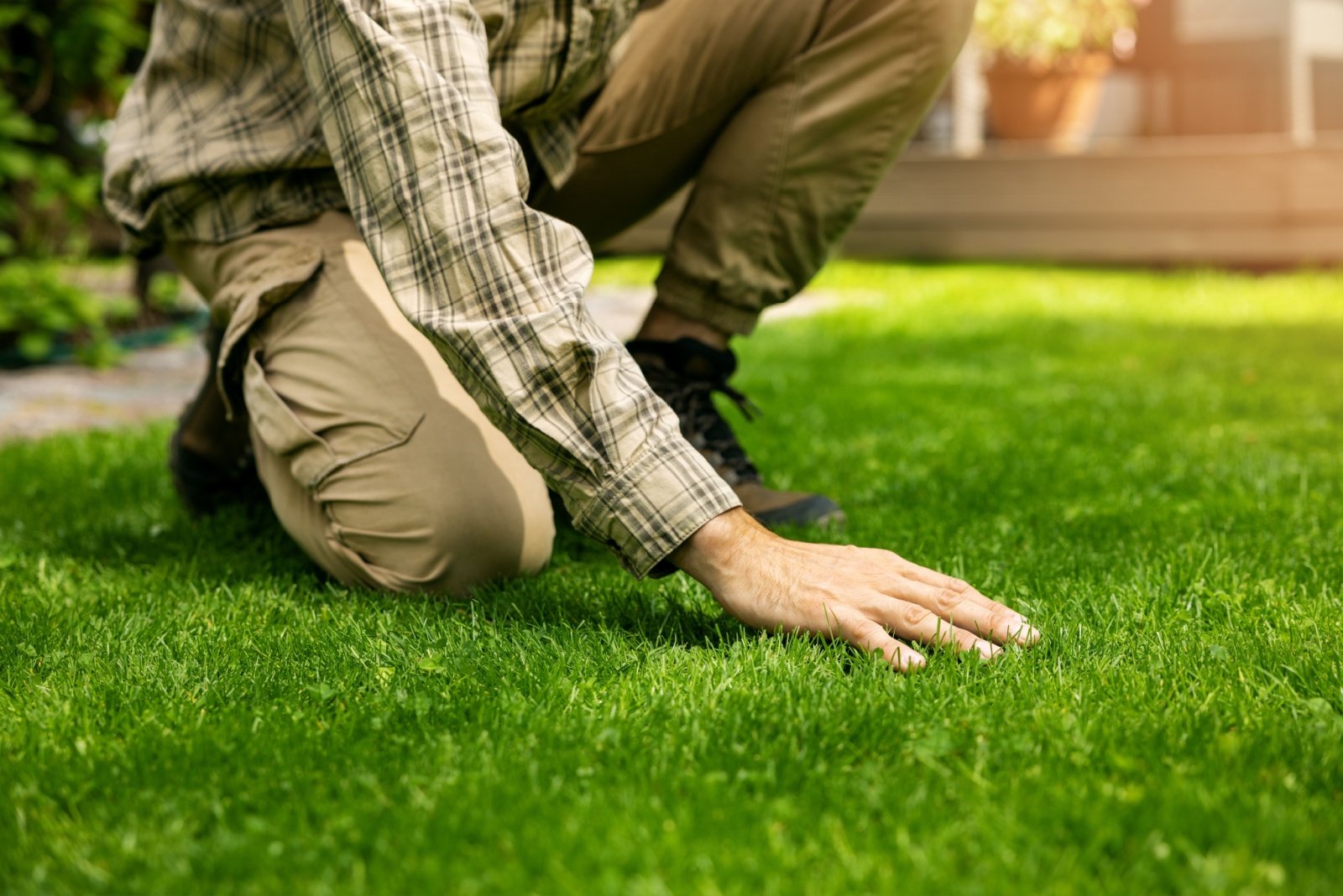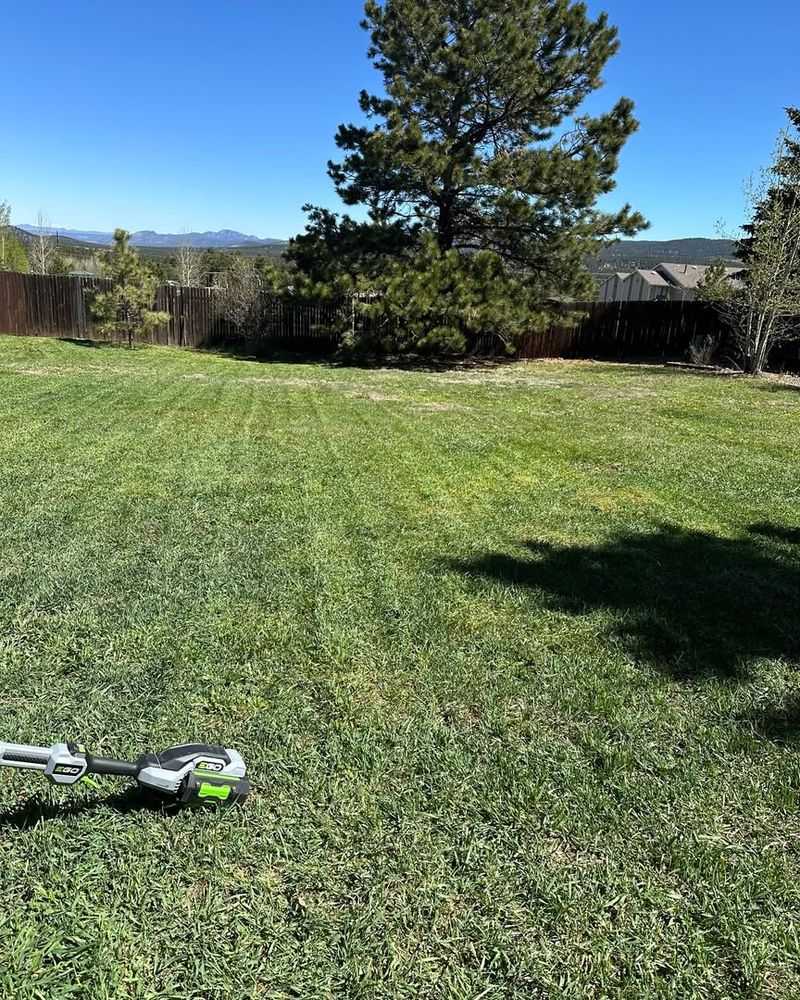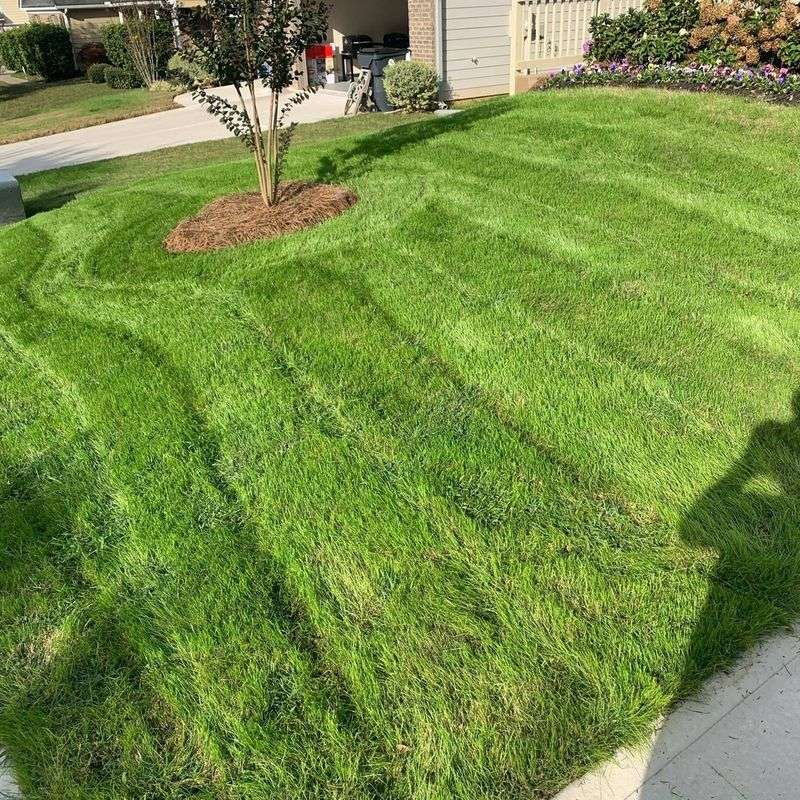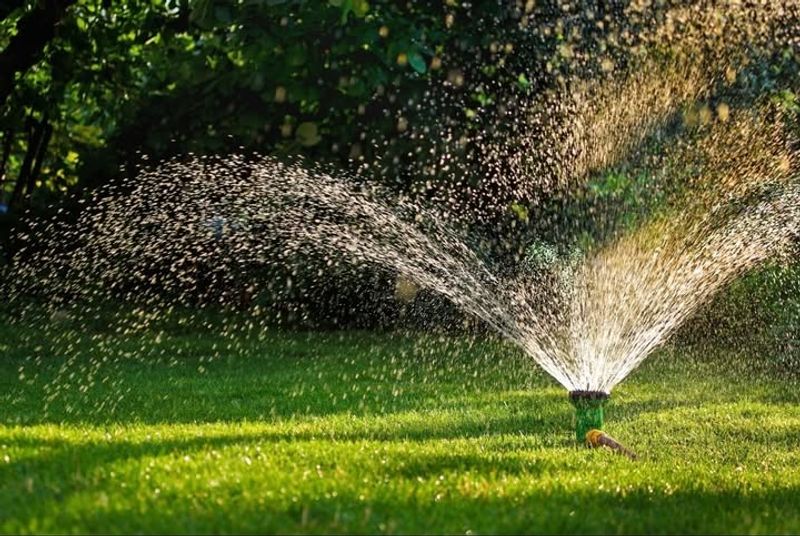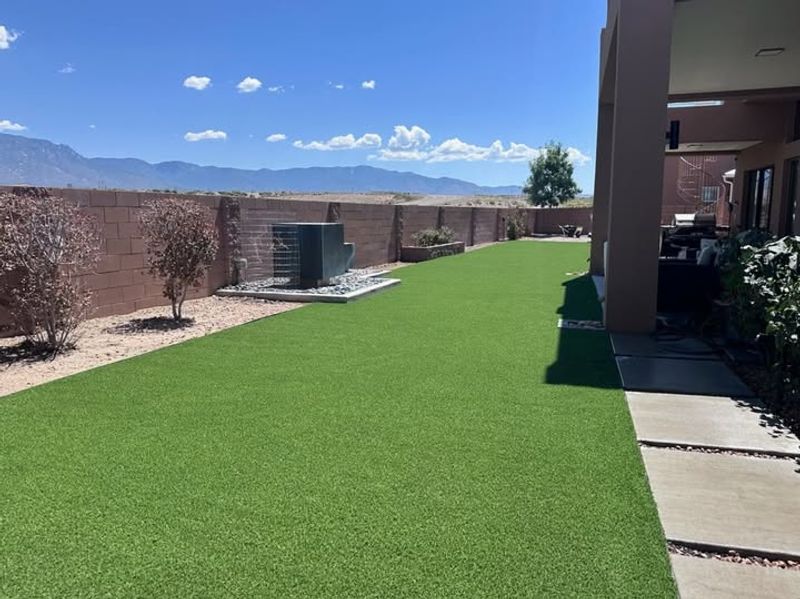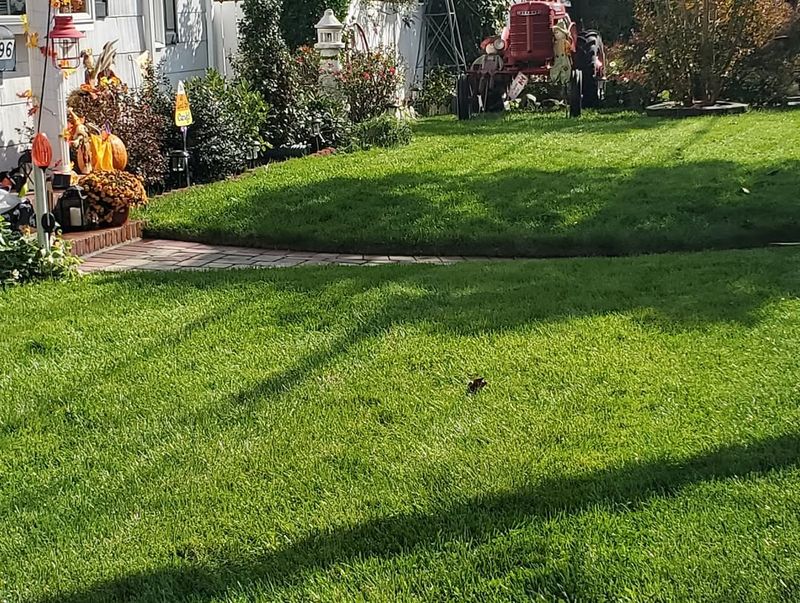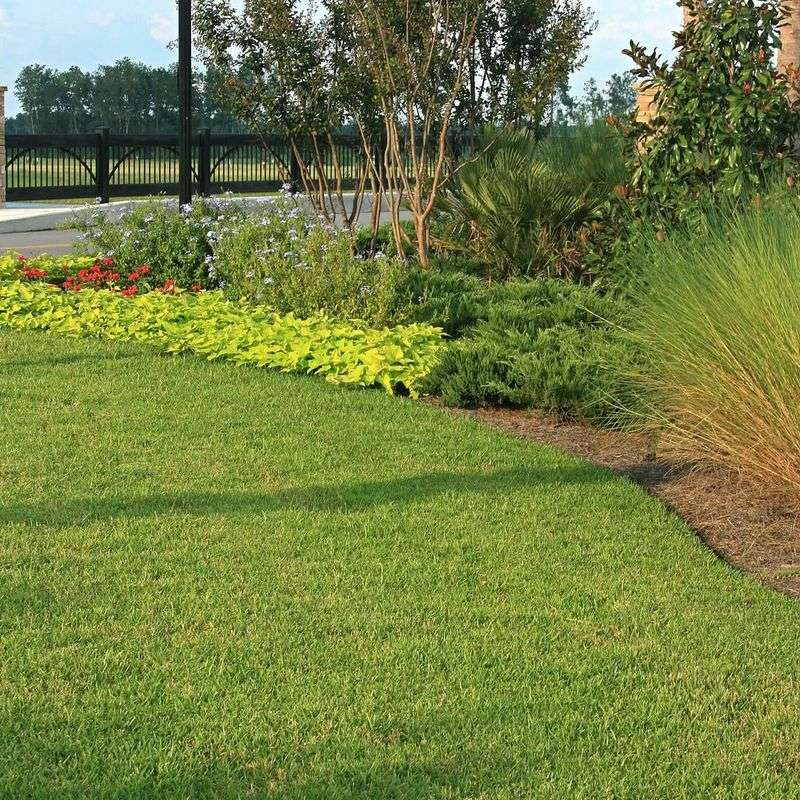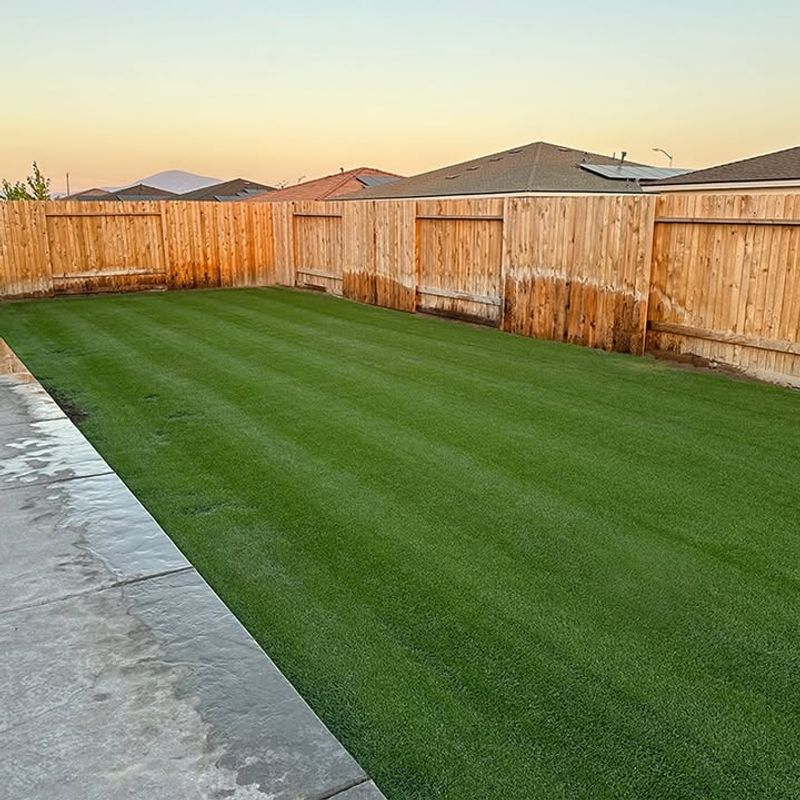Some Arizona lawns stay busy in December, and the reason might surprise you. Most yards settle down for winter, yet a few patches still push out fresh, bright blades.
A simple mix of warmth and timing turns these spots into outliers, keeping homeowners on their toes long after fall fades. This quick look reveals why a handful of lawns stay active while the rest of the desert finally takes a break.
1. Warm Winter Temperatures Keep Grass Growing
Arizona winters feel more like spring in other states. Daytime temperatures often reach the 60s and 70s, especially in Phoenix and Tucson. Grass doesn’t know it’s supposed to stop growing when the calendar says December.
Many types of lawn grass will keep photosynthesizing and producing new growth as long as temperatures stay mild. Nighttime lows rarely dip below freezing in lower desert regions. This means your mower might need to come out of storage earlier than expected, even during the holiday season.
2. Overseeding Creates Year-Round Green Lawns
Homeowners plant cool-season grasses like ryegrass over their dormant Bermuda lawns each fall. This practice, called overseeding, gives Arizona yards their famous winter green color. Ryegrass thrives in cooler weather that would destroy summer grasses.
Once established, ryegrass grows vigorously throughout winter months. It needs regular trimming just like summer lawns do in other states. The grass reaches peak growth during December and January when temperatures hit its sweet spot between 50 and 75 degrees.
3. Regular Watering Schedules Fuel Growth
Water acts like fuel for growing grass, regardless of the season. Arizona homeowners continue watering their lawns during winter, though less frequently than summer. Even reduced watering provides enough moisture to keep grass actively growing.
Consistent irrigation combined with mild temperatures creates ideal conditions for lawn growth. Many automatic sprinkler systems run on schedules that keep soil moist enough for grass to thrive. Without this regular water supply, most Arizona lawns would go dormant and brown during winter months.
4. Sunlight Remains Abundant Throughout December
Shorter days don’t mean less sunshine in the desert. Arizona receives over 300 days of sunshine annually, including throughout December. Grass needs sunlight for photosynthesis, the process that creates energy for growth.
Clear skies and minimal cloud cover mean lawns soak up plenty of rays even during winter. Strong sunlight combined with warm soil temperatures keeps grass metabolism running strong. Your lawn takes full advantage of every sunny day, producing fresh green blades that eventually need cutting.
5. Frost-Free Zones Allow Continuous Growth Cycles
Southern Arizona cities rarely experience frosts that stop grass growth. Frost-free zones extend across much of the Phoenix metro area and southern desert regions. Grass roots stay active in warm soil even when air temperatures occasionally dip.
Without freezing conditions to trigger dormancy, cool-season grasses maintain their growth patterns all winter long. Northern Arizona lawns behave differently, going dormant under snow and freezing temperatures. Location makes all the difference when predicting December lawn maintenance needs in the Grand Canyon State.
6. Fertilizer Applications Boost Winter Growth
Smart homeowners feed their overseeded lawns with winter fertilizer. These nutrient applications give ryegrass the boost it needs to establish thick, healthy growth. Nitrogen-rich fertilizers especially encourage blade production and vibrant green color.
Fed grass grows faster than unfed grass, plain and simple. Fertilized lawns might need trimming every week or ten days during peak winter growing season. Proper nutrition creates the lush, golf-course appearance many Arizona residents desire, but it also means more frequent mowing throughout December and beyond.
7. Bermuda Grass Stays Semi-Active In Mild Winters
Bermuda grass typically goes dormant when temperatures drop below 55 degrees. However, unusually warm Arizona winters can keep it semi-active longer than expected. Some growth continues even after the grass loses its deep green summer color.
Lawns that weren’t overseeded might still produce enough growth to look shaggy by December. Warm spells trigger renewed activity in Bermuda grass that hasn’t fully entered dormancy. These unpredictable growth spurts mean Arizona homeowners should keep their mowers accessible throughout the entire year.

